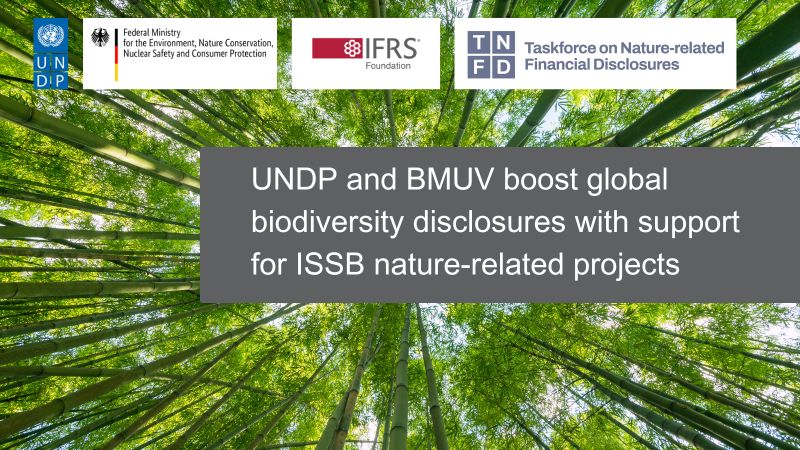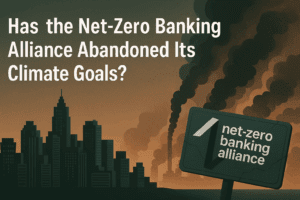Key Impact Points
- Strategic financing is essential for the green energy transition: The green transition requires annual investments of US$5-7 trillion, yet only US$2 trillion is currently being invested globally.
- Innovative financial tools can save US$50 trillion by 2050: De-risking instruments and innovative financing strategies are key to reducing costs and accelerating the transition.
- Collaboration is critical: Policymakers, development finance institutions, and private investors must work together to reshape the project finance environment for a successful energy transition.
Financing the Green Energy Transition
Achieving the global transition to green energy is one of the most pressing challenges of our time. While targets and technology are in place to address climate change, the critical missing piece is finance. A successful green energy transition requires strategic financing tools that can fuel innovation, reduce project risks, and make the transition both affordable and equitable—particularly for developing economies.
A report from Deloitte highlights the enormous potential savings: US$50 trillion could be saved globally by 2050 if the right financing mechanisms are implemented. However, the gap in investment remains significant, with annual global investments in green energy projects falling short by US$3-5 trillion.
The Challenges of Financing Green Energy Projects
One of the major barriers to green energy projects is the high cost of capital, which discourages investment. Factors such as political, market, and technical risks all contribute to higher financing costs, particularly in developing economies where 70% of green investments are needed. These risks reduce the bankability of projects, increasing the cost of capital and limiting access to sufficient funds.
Financing costs, driven by the cost of capital, can account for as much as half of the total investment required for green energy projects. This disparity is especially pronounced in the Global South, where investment risks are higher and green projects face greater financial barriers.
Change the World - Subscribe Now
Key Strategies for Reducing Financing Costs
To overcome these challenges, Deloitte’s analysis identifies several key strategies for mitigating the risks and reducing the financing costs of green energy projects. These include:
- De-risking tools: Climate policies, guarantees, and blended finance can help reduce risks associated with green projects. Tools like guarantee mechanisms and offtake agreements provide investors with more confidence, while leveraging domestic capital markets can further reduce financing costs.
- Bridging the cost gap: Upfront investment support schemes and operating premiums can make green energy more competitive with fossil-based alternatives. Additional measures, such as penalizing greenhouse gas (GHG)-intensive assets and phasing out fossil fuel subsidies, are necessary to ensure a just transition away from fossil fuels.
- Financial learning effects: As investors and lenders gain experience with green projects, their risk perception improves, leading to a decrease in the cost of capital. Refinancing debt and equity can unlock significant savings, potentially cutting costs by US$10 trillion cumulatively through 2050.
By combining these strategies, stakeholders can reduce project-specific risks and lower the overall cost of financing green energy projects.
Collaboration is Key
Reshaping the current project finance environment into a green finance ecosystem will require collaboration between key stakeholders, including governments, development finance institutions, private lenders, and international organizations. Each plays a crucial role in ensuring the success of the green energy transition:
- Governments and policymakers must create a supportive environment by implementing relevant policies and regulations and de-risking the transition through first investments that can activate economies of scale.
- Development Finance Institutions (DFIs) should optimize their limited capital by shifting from an “originate-to-hold” to an “originate-to-share/sell” model, maximizing global and project-level impact.
- International organizations must lead efforts to harmonize policies, taxonomies, and standards and foster North-South cooperation to build a global framework for the green transition.
- Private lenders and investors need to rethink their asset management strategies by incorporating climate risks and enhancing long-term profit potential through investments in sustainable energy.
The Path Forward
The window for ensuring a just and affordable energy transition is closing fast. To meet net-zero targets by 2050, stakeholders must adopt new ways of financing and assessing green energy projects. Innovative financial tools and collaborative efforts will be essential in unlocking the capital needed to fuel the green transition and deliver US$50 trillion in global savings by 2050.
By embracing these strategies, the world can achieve its climate goals and transform the global energy landscape, ensuring a sustainable future for all.












